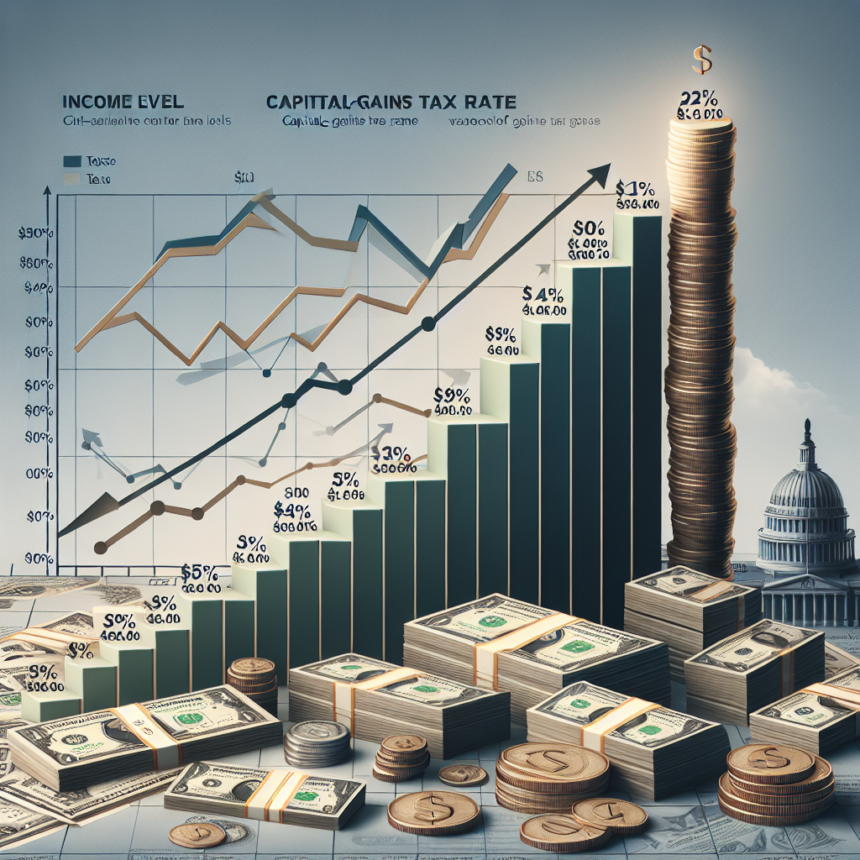Capital gains tax rates can have a significant impact on individuals, depending on their income level. For those in the lower income brackets, capital gains are typically taxed at a lower rate compared to those in higher income brackets. This means that individuals with higher incomes may end up paying a higher percentage of their capital gains in taxes.
The way capital gains tax rates work is relatively simple. If you sell an asset, such as stocks, bonds, or real estate, for more than what you paid for it, you will have a capital gain. This gain is then subject to taxation at a specific rate. The rate at which your capital gains are taxed depends on your income level, with individuals in the lower income brackets typically paying a lower rate and those in higher income brackets paying a higher rate.
For example, let’s say you bought a stock for $1,000 and sold it for $1,500, resulting in a capital gain of $500. If you are in the 10% or 12% income tax bracket, you would pay 0% on this capital gain. However, if you are in the 22% income tax bracket or higher, you would pay a 15% tax rate on this gain.
This discrepancy in taxation rates can have a significant impact on individuals’ overall tax liability. Those in higher income brackets may end up paying a larger percentage of their capital gains in taxes, reducing the amount of money they ultimately receive from their investments.
In recent years, there has been debate over whether capital gains tax rates should be adjusted to ensure more equitable taxation. Some argue that the current system unfairly benefits the wealthy, allowing them to pay lower tax rates on their investments compared to their ordinary income. Others argue that increasing capital gains tax rates could discourage investment and economic growth.
Ultimately, the decision on whether to adjust capital gains tax rates will depend on policymakers’ priorities and goals. However, it is clear that the current system can have a significant impact on individuals’ tax liabilities, depending on their income level and the source of their income.
In conclusion, capital gains tax rates play a crucial role in determining how much individuals pay in taxes on their investment gains. The current system can result in individuals in higher income brackets paying a higher percentage of their capital gains in taxes, compared to those in lower income brackets. While there is debate over whether to adjust capital gains tax rates, it is clear that the current system has implications for individuals’ overall tax liabilities and financial well-being.
In my opinion, I believe that capital gains tax rates should be adjusted to ensure a more equitable distribution of taxation. Those in higher income brackets should not receive preferential treatment when it comes to paying taxes on their investments. By increasing capital gains tax rates for the wealthy, we can ensure that all individuals pay their fair share and contribute to the overall tax revenue needed for public services and programs.


